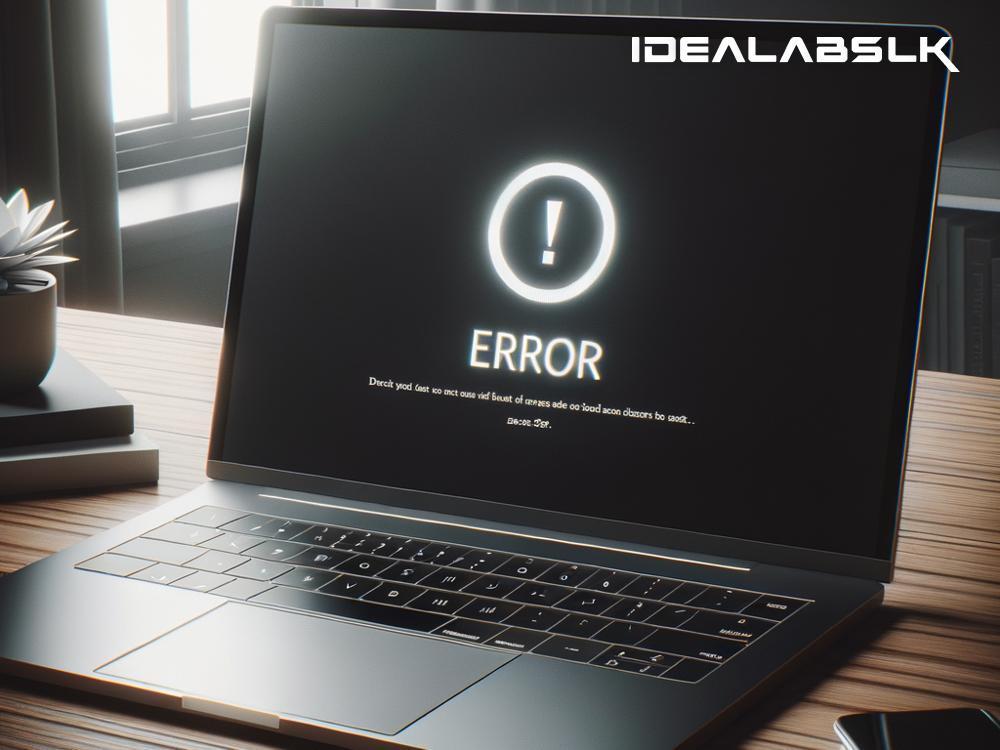How to Fix When Your Laptop Display is Stuck in Black and White Mode
It’s an unexpected surprise - you boot up your laptop, anticipating the vivid display of colors as always, but instead, everything is in black and white. It’s not a journey back in time but a common issue that many laptop users face, with their display stuck in monochrome mode. The lack of color can be disheartening, but fear not, this problem is typically reversible. Here’s a step-by-step guide on how to solve this issue, bringing back the colors to your laptop screen.
1. Check for Physical Connectivity Issues
Before diving into software solutions, it’s crucial to ensure that there’s no issue with the physical connectivity. If you’re using an external monitor, ensure that the cables are properly connected. Loose or damaged cables can sometimes cause display issues. If everything seems tight and intact, move on to the next steps which focus more on software corrections.
2. Verify If It’s an Accidental Shortcut Activation
Windows 10 and 11 come with a color filters option, designed to aid users with color blindness by altering the display color. However, it's easy to accidentally trigger this feature. The shortcut ‘Ctrl + Windows Key + C’ toggles this feature on and off. Try pressing these keys simultaneously to see if the colors return to your display. Remember, some versions might have this shortcut disabled, in which case, proceed to the settings manually.
3. Color Filters Off in Settings
The next step is to navigate through your settings to ensure color filters are turned off.
- Go to
Settingsthrough the start menu or by pressingWindows Key + I. - Click on
Ease of Access. - Select
Color & high contrastfrom the left-hand menu (in some versions, it’s justColor filters). - You’ll see an option that says
Turn on color filters. Make sure this is switched off.
This should ideally solve the issue for most users, reverting the display back to its colorful vibrancy.
4. Updating or Rolling Back Display Drivers
If the problem persists, it could be related to your display drivers. Drivers are essential in communicating between your operating system and hardware devices. Sometimes a recent update might cause compatibility issues, or an outdated driver might be the culprit.
- Right-click on the
Startmenu and selectDevice Manager. - Expand the
Display adapterssection. - Right-click on your display device and choose ‘Update driver’. You can search automatically for updated driver software or browse your computer for driver software if you already have the correct driver.
- If you’ve recently updated the driver before encountering this problem, you may want to ‘Roll Back Driver’ by clicking on ‘Properties’ >
Drivertab >Roll Back Driver.
5. High Contrast Mode Check
Another feature that might cause a black and white display is the ‘High Contrast’ settings.
- Navigate to
Settings>Ease of Access. - Select ‘High contrast’ from the menu on the left.
- Make sure it’s turned off or select ‘None’ under ‘Choose a theme’.
6. Graphics Card Software Settings
Sometimes, the settings in your dedicated graphics card software (like NVIDIA or AMD Radeon) could change the display to black and white. Open the control panel for your graphics card and look for options related to color or display modes. Ensure no grayscale or black and white options are enabled.
7. Check for Windows Updates
An outdated system might have bugs that impact the display. Always ensure your Windows is up-to-date. Go to Settings > Update & Security > Windows Update, and check for updates. Installing the latest updates can not only solve the display issue but also improve security and performance.
Wrap Up
While having your laptop stuck in black and white mode can be unsettling, the solutions are often straightforward. Starting from verifying physical connections and accidental shortcuts, moving to more detailed checks like driver updates and specific settings, can resolve the issue. However, if the problem persists after trying these solutions, it might be a sign of a more serious hardware issue, and consulting with a professional technician or your laptop’s manufacturer might be the best course of action.
Remember, technology is there to serve us, and with a little patience and know-how, most issues can be resolved. Happy computing!

